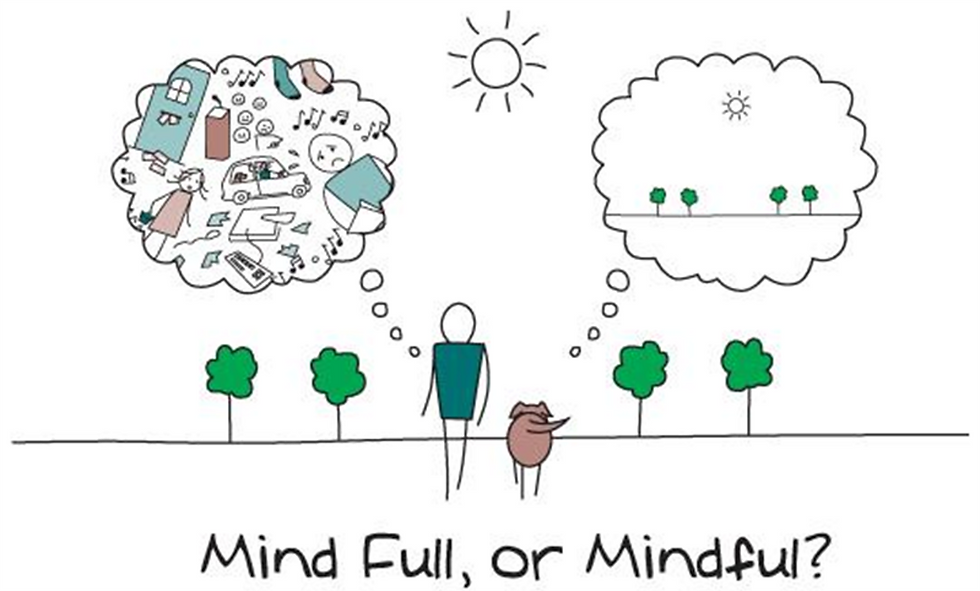
Treatment Techniques
Needle and non-needle approaches
The Tool Kit
The biggest barrier to more children having acupuncture treatment is the mis-conception that it will hurt or that they will not tolerate needles. In reality, this is very rarely the case. Whilst we all know that sometimes children need persuading to try new things, it's really important to me that coming for appointments is a good experience for the child, or one which, at the very least, they do not loathe! When an experience is easy and stress-free, it is much easier for families to stick with a course of treatment. Whilst needles are perfect for many, having plenty of alternatives is a must when treating young people. Some techniques have been part of the Chinese Medicine tool kit for centuries. Others are thoroughly modern.
Appropriate techniques will be selected based on what we want the treatment to achieve as well as what the child is happy to have.

Tolerated happily by most, only very fine and small needles are used on children. They can treat any problem and are the most powerful way to treat.

A technique using the herb mugwort (moxa) to warm areas of the body and stimulate circulation. Small cones on sticky pads may be placed directly on the skin, or a cigar-style form simply waved over a particular area of the body.

This technique gently scrapes the skin with a massage tool (or a plastic lid or shell for example) to stimulate micro-circulation, increase blood flow and reduce inflammation.

Placement or movement of suction cups onto specific areas of the body to stimulate circulation and relieve pain or move stuck body fluids.

Needles so tiny you won't even know they're there. Encased in a sticky plaster, these are very useful for children on the move or in cases where traditional needles would not be tolerated.

A wonderfully effective system of medical massage using a variety of stroking, rubbing and tapping movements. A set of movements can be taught to parents and carers to use at home.

Despite the translation of this Japanese technique being "Children's Needle", it does not actually use needles. Instead we use various tools to stroke or tap areas on the child's body. Parents and carers can be taught how to apply the treatment daily at home. It can be understood as a way to restore and stimulate the body's natural healing mechanisms. Whilst light and non-invasive to deliver, it has the potential for profound results.

Another of the modern tools allowing stimulation of acupuncture points with a micro electric current which is entirely painless.

Less powerful than using needles or other form of stimulation, simple pressure on particular acupuncture points can still be tremendously beneficial. It is painless and no tools are needed. Parents and carers may be taught points to press on at home.

Other methods of stimulating acupuncture points using small seeds or magnets attached to sticky plasters. These can be useful for continuing treatment at home (as long as they're not going to be fiddled with!) so your child may be sent home wearing some plasters.

Sometimes we'll use more recognisable massage techniques particularly on the head, scalp or abdomen.

Most children and young people can benefit from learning very simple mindfulness techniques to help them grow into resilient adults. Working with mindfulness and compassion is woven into every treatment.
Three Ways To Get Started


